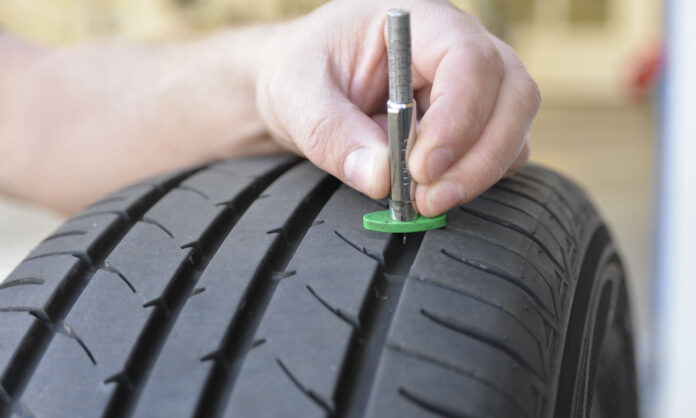Driving with bald tires can be incredibly dangerous, leading to poor vehicle handling, increased stopping distances, and a higher risk of blowouts. Knowing how to tell if your tires are bald is crucial for your safety on the road.
Also, if you need to replace them, there is a great way to save some money by choosing used car tires. However, this approach will require more attention as not all sellers are reliable.
The best way is to look for well-known stores, like auto parts St Catharines. The main advantage is that this will help you save a lot of money in the long term.
Here, we will guide you through various methods to check your tire’s condition without needing a microscope.
1. Understanding Tire Tread Depth
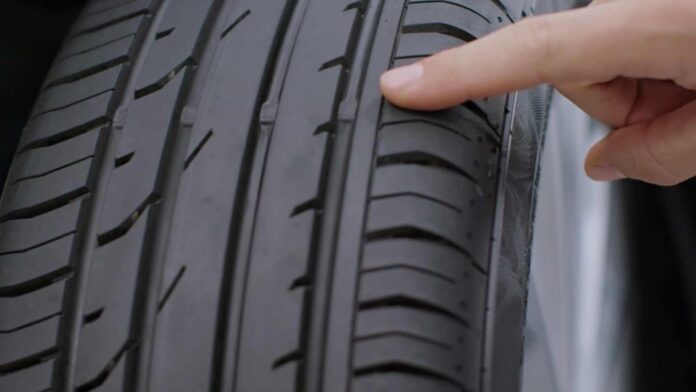
Tire tread depth is the vertical measurement between the top of the tread rubber to the bottom of the tire’s deepest grooves. New tires typically come with a tread depth of 10/32″ to 11/32″. When the tread depth wears down to 2/32″, your tires are considered bald and unsafe for driving.
2. Using the Penny Test
The penny test is a quick and easy method to check your tire tread depth. Here’s how to do it:
- Take a penny and insert it into the tire’s tread groove with Lincoln’s head facing down.
- If you can see the top of Lincoln’s head, your tread depth is less than 2/32″, and it’s time to replace your tires.
- Repeat this test in several places around each tire to check for uneven wear.
-
Tread Wear Indicator Bars
Source: pughstireservice.com
Modern tires come with tread wear indicator bars, which are small, raised sections found in the bottom of the tread grooves. These bars become flush with the tread surface when the tire wears down to 2/32″. If you see these bars, it’s a clear sign that your tires are bald.
4. Visual Inspection
A thorough visual inspection can help you identify bald tires. Look for:
- Smooth areas: Large patches without any tread.
- Cracks and cuts: These can indicate worn out tires.
- Bulges and blisters: These suggest structural damage.
- Visible cords or metal: If you see any, replace your tires immediately.
5. Tread Depth Gauge
Using a tread depth gauge provides a precise measurement of your tire’s tread depth. This tool is affordable and easy to use. Insert the probe into the tread groove and read the measurement. Ensure your tread depth is above 2/32″ to maintain safety.
6. Check Tire Pressure
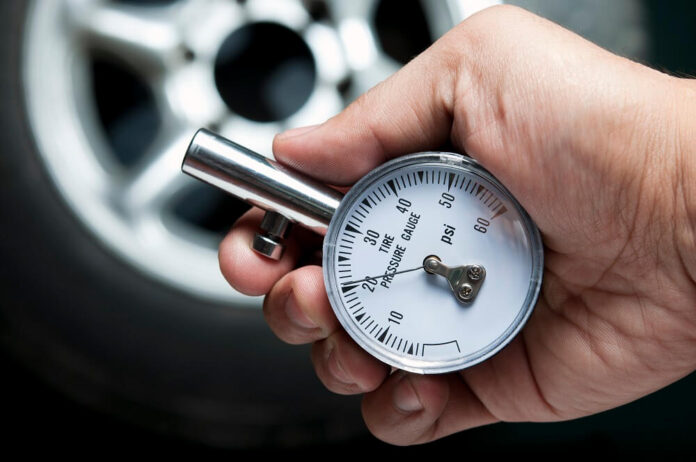
While tire pressure doesn’t directly indicate baldness, underinflated or overinflated tires wear unevenly, leading to premature baldness. Regularly check your tire pressure and maintain it according to the manufacturer’s recommendations.
7. Professional Inspection
If you’re unsure about the condition of your tires, a professional inspection is advisable. A mechanic can provide a detailed assessment and identify any issues you might have missed.
8. Signs of Uneven Wear
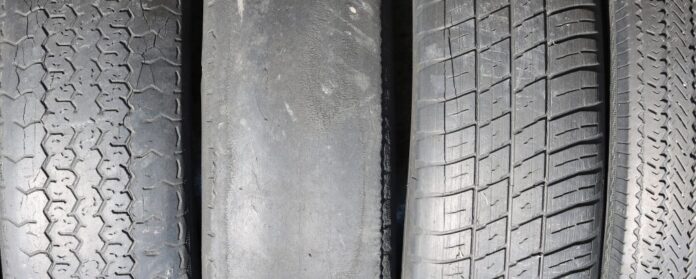
Uneven tire wear can lead to bald spots and compromise your vehicle’s safety. Here are signs of uneven wear:
- Cupping: Wavy patterns across the tread.
- Feathering: Tread blocks are worn down more on one side.
- Center Wear: Overinflation causes the middle of the tire to wear down faster.
- Edge Wear: Underinflation leads to the edges wearing down faster.
9. Rotating Your Tires
Regular tire rotation helps ensure even wear. Typically, you should rotate your tires every 5,000 to 8,000 miles. This practice extends the life of your tires and prevents bald spots.
10. Wheel Alignment
Misaligned wheels cause uneven tire wear, leading to bald spots. If your vehicle pulls to one side or the steering wheel vibrates, it might be time for a wheel alignment. Regular alignment checks can prevent premature tire wear.
11. Balancing Your Tires

Unbalanced tires cause vibration, leading to uneven wear and bald spots. Have your tires balanced every 6,000 miles or when you notice vibrations. This ensures even tire wear and extends tire life.
12. Driving Habits
Aggressive driving, such as rapid acceleration, hard braking, and sharp turns, wears out tires quickly. Adopting smoother driving habits can prolong tire life and prevent bald spots.
13. Road Conditions
Driving on rough, uneven, or gravel roads accelerates tire wear. Avoiding these conditions when possible and driving cautiously can help maintain your tire’s tread.
14. Temperature and Climate
Extreme temperatures and climate conditions affect tire wear. High temperatures soften the rubber, causing faster wear, while cold temperatures harden it, leading to cracks. Storing your vehicle in a garage and using seasonal tires can mitigate these effects.
15. Inspecting Tire Sidewalls
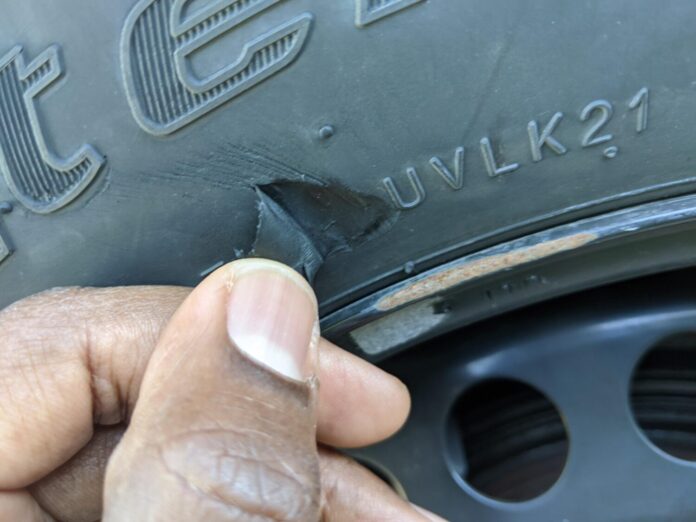
Don’t forget to inspect the tire sidewalls for damage. Bulges, cracks, and cuts on the sidewalls indicate the tire’s structural integrity is compromised and they may need replacement.
16. Tire Age
Regardless of tread depth, tires older than six years should be inspected by a professional. Rubber degrades over time, and older tires are more prone to failure, even if they appear to have sufficient tread.
17. Maintenance Records
Keeping detailed maintenance records helps you track the condition of your tires. Note down the dates of tire rotations, alignments, and replacements to ensure timely maintenance.
18. Manufacturer’s Recommendations
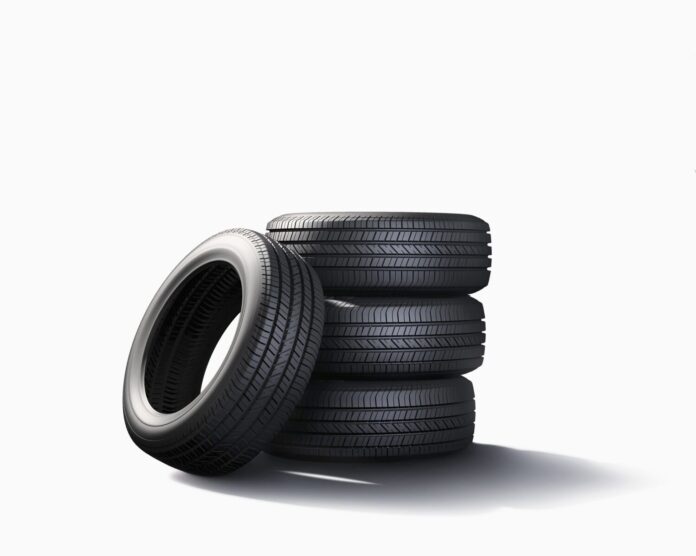
Always follow the manufacturer’s recommendations for tire maintenance and replacement. Check your vehicle’s manual or the tire manufacturer’s guidelines for specific advice.
Conclusion
Knowing how to tell if your tires are bald without using a microscope is essential for your safety on the road. Regular checks using methods like the penny test, visual inspections, and tread depth gauges can help you maintain optimal tire condition.
Combine these practices with professional inspections, proper tire maintenance, and careful driving habits to ensure your tires remain in good condition. By staying vigilant, you can prevent accidents, improve vehicle performance, and extend the life of your tires.

